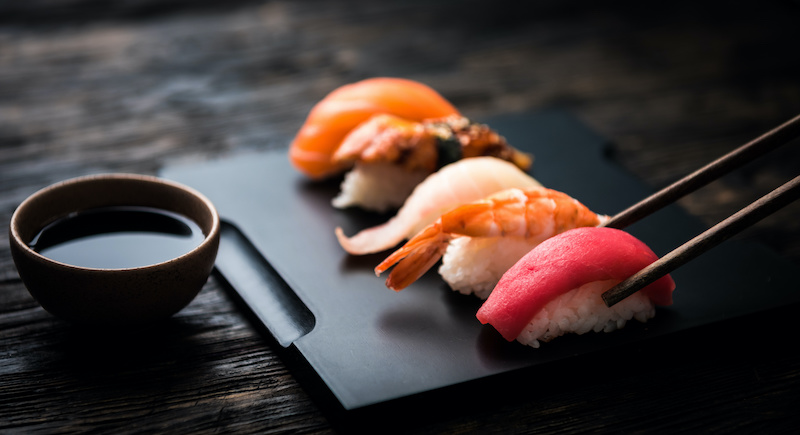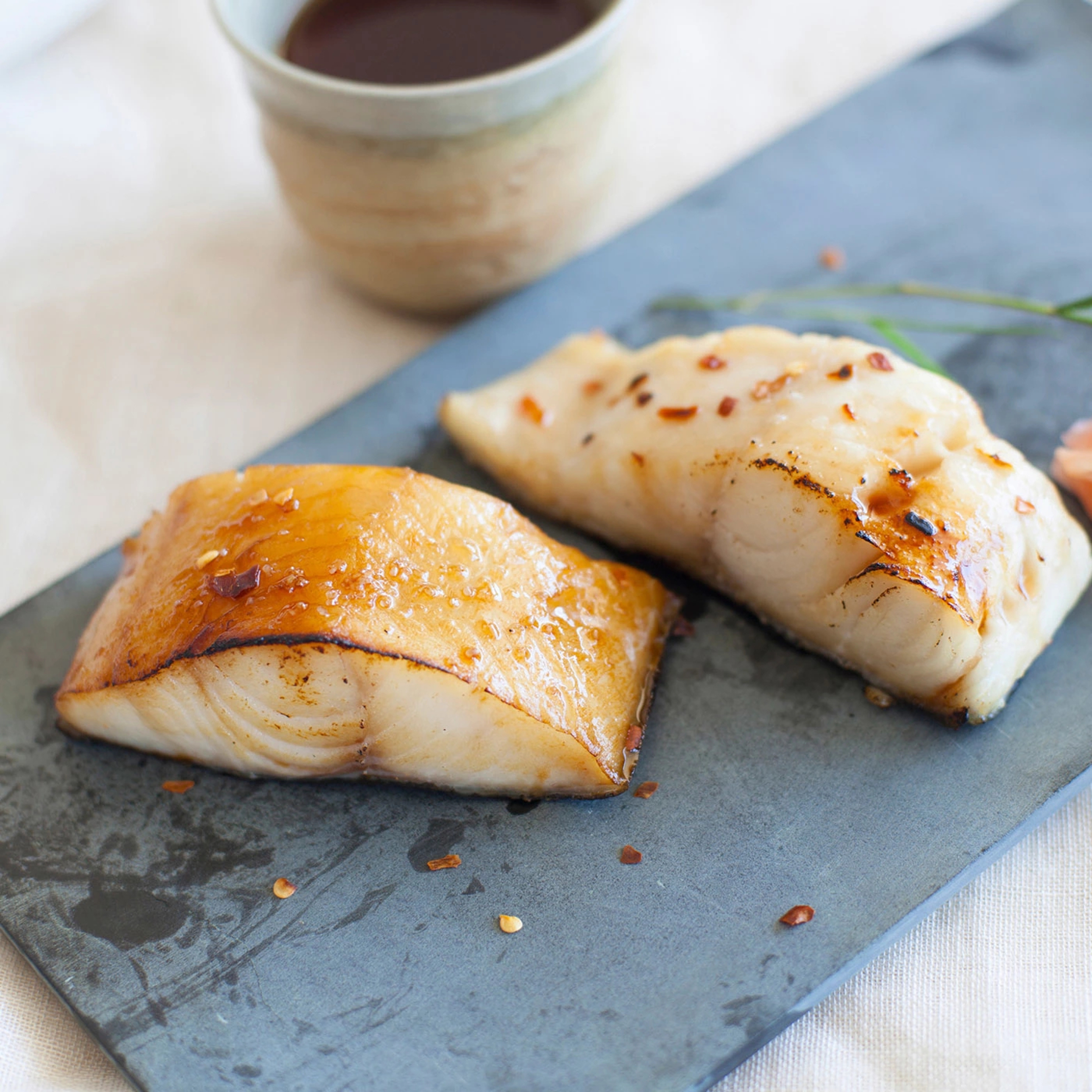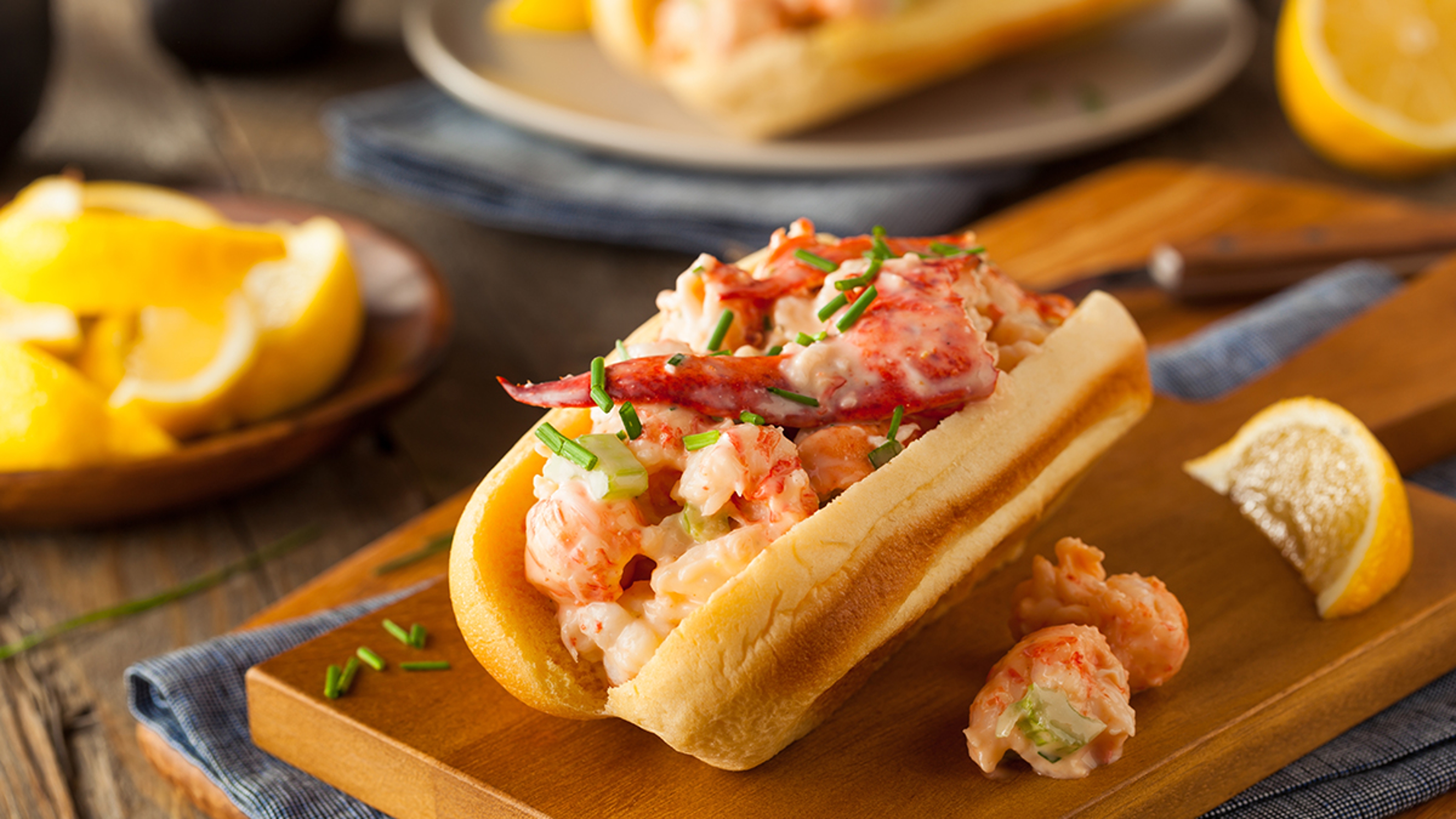The Origin of Sushi: Its History Will Surprise You
Why on earth did the Japanese begin eating raw fish with vinegared rice? Let's unroll the story.
Jun 13, 2022
It began in China, not Japan. It wasn't raw, it was fermented. And sour, not sweet. And it wasn’t a luxury, but street food in Edo, the city renamed Tokyo in 1868.
Dramatic changes are characteristic of the story of sushi, says University of Kansas historian Eric Rath, and author of Oishii: The History of Sushi (oisshii means "delicious" in Japanese). It “keeps evolving silently in new ways that few can predict.”
Sushi's early history
Do you like seriously smelly blue cheese? You might be a fan of funazushi, the oldest Japanese form of sushi. Around Lake Biza, north of Kyoto, you can find high-quality funazushi, made from nigorobuna fish and aged about a year or more. It is typically sliced into thin layers and arranged beautifully atop the rice bed. As with cheese and wine, the older it is, the more expensive.
Sushi as we know and love it today is a modern invention rooted in a collection of regional practices that evolved to preserve seafood. When cooked rice begins its fermentation process, it releases lactic acid bacilli. People realized that if they placed salted fish into the rice, the salt interacted with the acid and the fish was pickled and preserved. Kept in the dark at room temperature, the fish could remain safely consumable for months, years, even decades.
In other words, sushi is rooted in the ancient process of pickling fish. To recreate that flavor profile in sushi in the age of refrigeration, vinegar and sugar in the rice add a distinctive tang. Variations of these practices exist all over East Asia, dating back centuries. A Chinese dictionary from the 300s contains a character that means pickled fish with rice and salt.
Nigiri sushi — the raw fish blocks on rice Americans see in restaurants — is also known as Edomae sushi. The growing city of Edo embraced a new, convenient way to package food for the surging population in its streets.

One origin story focuses on a peddler named Hanaya Yohei, who moved from place to place selling oshizushi, a form with cooked or cured fish pressed into a box mold. He opened a stall in a crowded area between two famous temples in 1810, where customers gathered to watch him prepare the food. To speed up the show, Yohei began to use fresh raw fish, easily available from Tokyo Bay.
The raw revolution
Cooks had been trying to develop ways to make sushi more quickly for some time before Hanaya Yohei came up with his “fast food” innovation.
One idea he picked up was to add rice vinegar and salt to freshly cooked rice, letting it sit for a few minutes. Now, using fresh raw fish, sushi could be made in minutes. People reveled in the flavor, and nigiri became the new standard for sushi in Edo and then other cities.
However, as late as the 1940s, people in rural Japan did not know that nigiri sushi existed. In the postwar boom economy, the country’s cuisine became more urban, overall, which led to an emphasis on then-exotic soy sauce. (Like modern-day sushi, soy sauce has its roots in China. It first became popular in Japan in the cities of Osaka and Edo.)
Another big shift came when, in the early 1960s, the country began producing a new kind of medium-grain rice. Moist and chewy, the grains stick to each other when cooked and plump nicely in a vinegared pillow.
What about the seaweed wrapper?
Norimaki, or rolled sushi, may have emerged in Japan in 1716. The Japanese had developed sophisticated handmade paper techniques used to make the sheets of seaweed called nori. However, Koreans had been wrapping cooked rice in consumable seaweed as well.

Rolled sushi known as nori has been around for over 300 years – and counting!
Sushi, American style
It took more than a decade after the end of World War II for Americans to embrace the cuisine of a former enemy. Big city restaurants led the way.
In 1967, restaurant critic Craig Claiborne, writing for The New York Times, declared that New Yorkers were taking to sushi, noting that, "Some of them dine on the raw fish dishes, sushi and sashimi, with a gusto once reserved for corn flakes."
On the other coast, Japanese immigrants kept nigiri bars busy in Los Angeles’ Little Tokyo.
A restaurant known as Osho, which popped up in 1970 next to the 20th Century Fox studio, made news when it attracted celebrities, including Yul Brynner. Young chefs in Japan began flocking to Los Angeles to make their fortunes.
A new health consciousness paved the way for broader American acceptance. In 1977, the United States issued “Dietary Goals” that included a recommendation to eat more fish. Almost a decade earlier, researchers had begun to talk about the benefits of omega-3 fatty acids so appreciated by our readers.
By the end of the 1980s, a food that was once a celebrity luxury had become popular enough to sell in major league stadiums in California.
The future of sushi
Could sushi change dramatically again? Why not? Rath suggests, for example, that Americans use Asian carp rather than bluefin tuna, which he considers to be an endangered species.
Asian carp, now an invasive species in Midwestern rivers, have a bad reputation as they can out-compete native fish for food. But Rath says they are a clean and sustainable choice. In taste tests, he says, people prefer Asian carp to catfish.
MORE: Fish Cars – The Forgotten History of Fish by Rail
The people who relied on fish preserved for months never dreamed that one day it would be eaten raw, so new developments are surely coming.
Sushi keeps surprising us.







